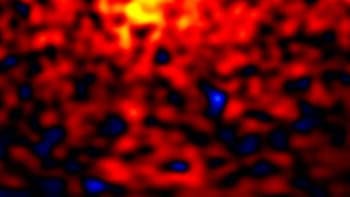Australian astronomers believe they are seeing the creation of a black hole at the centre of a star. This is the first time that such an event has been observed. Last month the BeppoSAX satellite spotted a burst of gamma rays from a suspected supernova explosion in the galaxy ESO 184-82. Ground-based observations by telescopes in Australia indicate that the object is becoming brighter at gamma, visible and radio wavelengths, unlike all other gamma-ray bursts. The astronomers believe that the burst came from the sudden collapse of matter into a black hole.
The event is unusual in that the star appears to have been heavy enough – possibly 100 times the mass of the Sun – to collapse back on itself and form a black hole instead of completely blowing apart. Only a few of the hundred million stars in our galaxy are this massive. Measurements made at the Anglo-Australian Telescope suggest that the fireball is only 100 million light-years away, virtually in our back yard. Further observations have shown that the star is doubling its energy output at visible and radio wavelengths every week. And the gamma ray emissions from the star are already ten times stronger than when first observed. Last week an international team of astronomers reported that a gamma-ray burst in December thought to have been caused by a collision between two black holes, had released more energy than any object ever observed before (see PhysicsWeb



